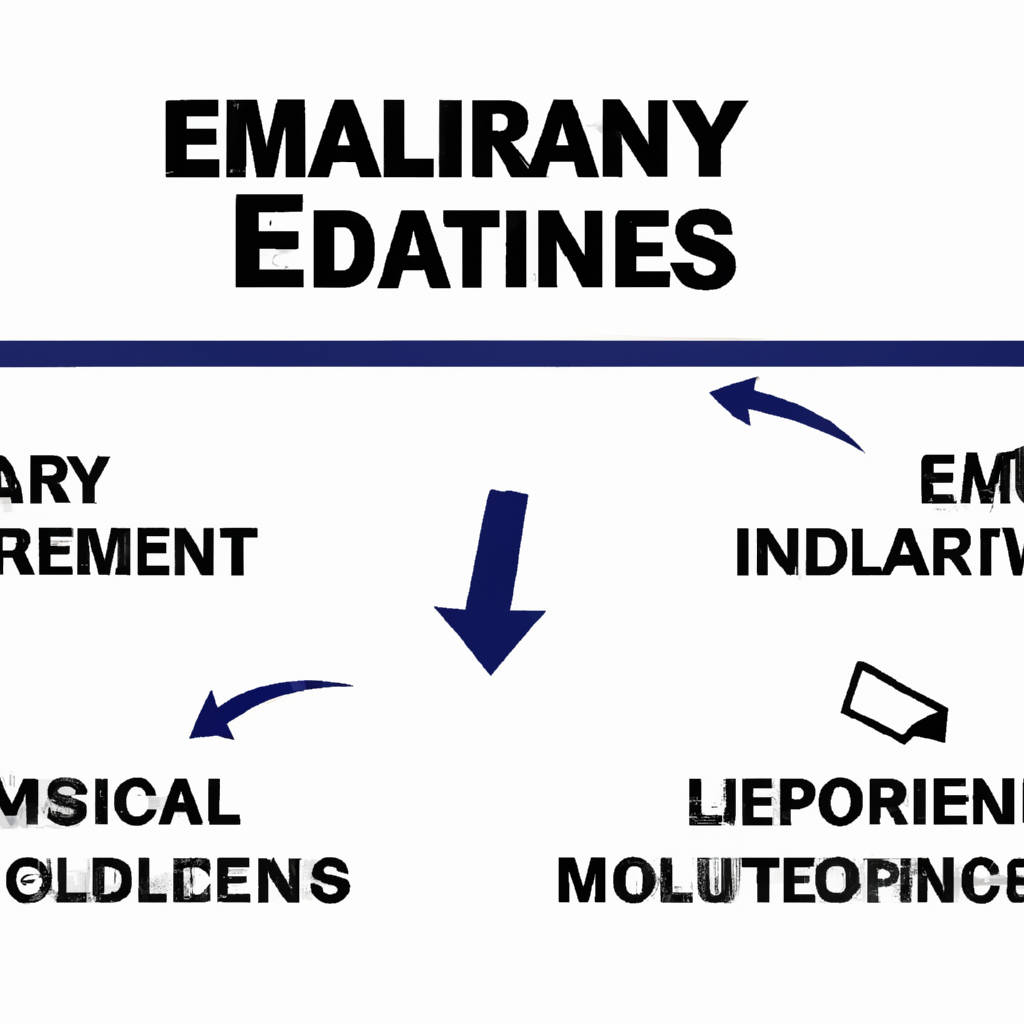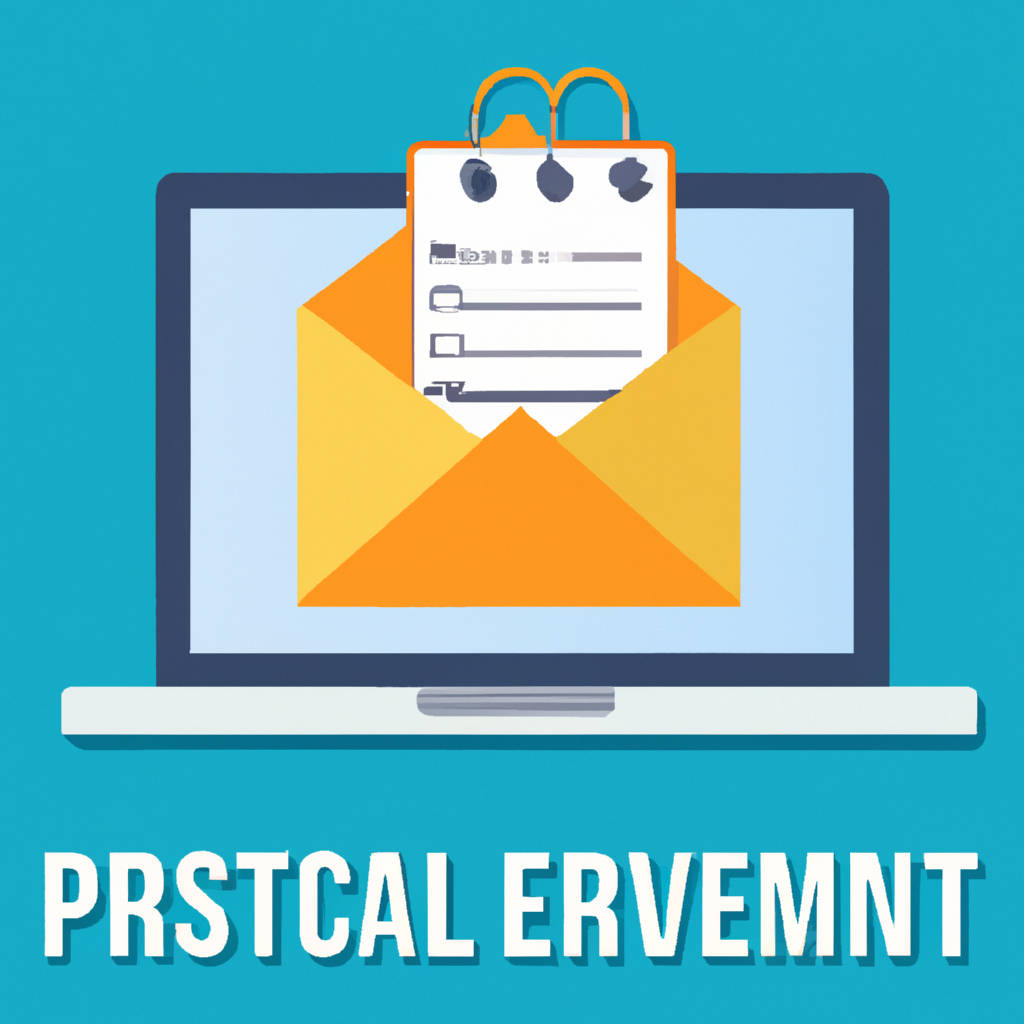Email deliverability is an essential aspect of email marketing that every business should understand in order to effectively reach their target audience. It refers to the ability of an email to successfully land in the recipient’s inbox without being filtered out as spam or bouncing back. This is crucial for businesses as it directly impacts the success of their email campaigns.
Factors that influence email deliverability include sender reputation, email content, and recipient engagement. Maintaining a positive sender reputation involves sending relevant and engaging content to a clean and updated email list. This helps build trust with internet service providers and increases the chances of your emails reaching the inbox.
Email content should be personalized, well-designed, and free of spam triggers to avoid being flagged as spam. Finally, recipient engagement plays a key role in deliverability as emails that are opened, clicked, and replied to are more likely to be delivered to the inbox. By understanding these factors and implementing best practices, businesses can improve their email deliverability and increase the effectiveness of their email marketing efforts.

Importance of Email Deliverability
Email deliverability is a critical component of any successful email marketing campaign. It refers to the ability of an email to reach the recipient’s inbox without being filtered out as spam. Ensuring high email deliverability rates is essential for businesses to effectively communicate with their customers and prospects. When emails are not delivered to the intended recipients, it can result in missed opportunities for engagement and conversions.
Poor email deliverability can also damage a company’s reputation and credibility in the eyes of both customers and email service providers. By focusing on strategies to improve email deliverability, businesses can increase the likelihood that their messages will be seen and acted upon by the recipients. This includes maintaining a clean email list, using engaging and relevant content, and following best practices for email marketing. Ultimately, prioritizing email deliverability can lead to higher open rates, click-through rates, and overall success for email marketing campaigns.
Achieving Optimal Email Delivery
Achieving optimal email delivery is essential for businesses and individuals who rely on email communication to reach their target audience. This involves following best practices to ensure that emails are successfully delivered to recipients’ inboxes. One key aspect of achieving optimal email delivery is maintaining a clean and up-to-date email list. This means regularly removing inactive or invalid email addresses to prevent bounce backs and improve deliverability rates.
Another important factor is ensuring that emails are properly formatted and personalized to avoid being marked as spam. By using a reputable email service provider and following industry guidelines, senders can increase the chances of their emails reaching the intended recipients. Additionally, monitoring email engagement metrics, such as open rates and click-through rates, can help identify any issues with deliverability and adjust strategies accordingly.
Overall, achieving optimal email delivery requires a combination of technical know-how, attention to detail, and a commitment to providing value to recipients. By following these guidelines, senders can maximize the effectiveness of their email campaigns and improve their overall communication efforts.
Conducting Email Deliverability Tests
Conducting Email Deliverability Tests is an essential practice for businesses looking to ensure that their emails are reaching their intended recipients. By testing the deliverability of their emails, companies can identify any potential issues that may be causing their emails to end up in spam folders or not be delivered at all. These tests can help businesses optimize their email marketing campaigns and improve their overall email deliverability rates.
By monitoring key metrics such as open rates, click-through rates, bounce rates, and spam complaint rates, companies can gain valuable insights into the effectiveness of their email campaigns and make necessary adjustments to improve their deliverability. Conducting regular email deliverability tests can also help businesses stay ahead of any changes in email algorithms or spam filters that may impact their deliverability rates.
Overall, email deliverability tests are a crucial tool for businesses looking to maximize the impact of their email marketing efforts and ensure that their messages are reaching their target audience.

Factors Affecting Email Delivery
There are a variety of factors that can impact the delivery of an email to its intended recipient. One of the most common issues is spam filters, which are designed to catch unsolicited or potentially harmful emails. If an email is flagged as spam by these filters, it may never reach the recipient’s inbox. Additionally, the reputation of the sender’s email server can play a role in delivery success.
If the server has been flagged for sending a high volume of emails or engaging in suspicious activity, it may be blacklisted by email providers, leading to delivery issues. The content of the email itself can also impact delivery. Emails with large attachments, certain keywords, or excessive links may trigger spam filters and prevent delivery. Additionally, the recipient’s email settings and preferences can affect delivery.
If the recipient has set up strict filters or has marked previous emails from the sender as spam, future emails may be automatically diverted to the spam folder. Finally, technical issues such as server downtime or network congestion can also impact email delivery. Overall, a combination of sender reputation, email content, recipient settings, and technical issues can all influence whether an email successfully reaches its intended recipient.
Ensuring High Email Deliverability
Email deliverability is a crucial aspect of any successful email marketing campaign. Ensuring that your emails reach the intended recipients’ inboxes is key to achieving your marketing goals. There are several best practices that can help improve your email deliverability rates. First, it is important to regularly clean your email list to remove inactive or invalid email addresses.
This will help prevent your emails from bouncing back and potentially damaging your sender reputation. Additionally, using a double opt-in process can help ensure that your subscribers are actively interested in receiving your emails, which can result in higher engagement rates. Another important factor to consider is the quality of your email content. Including relevant and engaging content in your emails can help improve open rates and decrease the likelihood of your emails being marked as spam.
It is also important to pay attention to your email sender reputation by regularly monitoring your email metrics and responding promptly to any issues that may arise. By following these best practices and staying proactive in monitoring and optimizing your email campaigns, you can help ensure high email deliverability rates and increase the effectiveness of your email marketing efforts.

Best Practices for Email Deliverability
Email deliverability is a crucial aspect of any email marketing campaign. Ensuring that your emails reach your subscribers’ inboxes is key to the success of your efforts. There are several best practices that can help improve your email deliverability rates. First and foremost, it is important to maintain a clean and updated email list. Regularly removing inactive or bouncing email addresses can help improve your sender reputation and increase the likelihood that your emails will be delivered.
Additionally, it is important to avoid using spammy language or excessive punctuation in your email subject lines and content. This can trigger spam filters and prevent your emails from reaching their intended recipients. Another best practice is to personalize your emails whenever possible. Using the recipient’s name in the subject line or email content can help increase engagement and reduce the likelihood of your emails being marked as spam.
Finally, it is important to monitor your email deliverability rates and make adjustments as needed. Pay attention to metrics such as open rates, click-through rates, and bounce rates to identify areas for improvement. By following these best practices, you can increase the effectiveness of your email marketing campaigns and ensure that your messages are reaching the right audience.
Top Tools for Email Deliverability
Email deliverability is a critical aspect of any email marketing strategy. In order to ensure that your emails reach the intended recipients’ inboxes, it is important to utilize the top tools for email deliverability. One such tool is an email validation service, which helps to verify the validity of email addresses before sending out marketing campaigns. This can help to reduce bounce rates and improve overall deliverability rates.
Another important tool is an email authentication tool, which helps to verify the identity of the sender and prevent emails from being flagged as spam. By using these tools, marketers can ensure that their emails are reaching their target audience and achieving the desired results. Additionally, monitoring and tracking tools can provide insights into email performance and help identify areas for improvement. By incorporating these top tools for email deliverability into your marketing strategy, you can maximize the effectiveness of your email campaigns and achieve better results.

Addressing Email Delivery Challenges
Email delivery challenges are a common issue that many individuals and businesses face on a daily basis. These challenges can range from emails being marked as spam, to emails not being delivered at all. One of the main reasons for these challenges is due to the complex algorithms used by email providers to filter out spam and unwanted emails.
In order to address these challenges, it is important for individuals and businesses to ensure that their emails are following best practices for email delivery. This includes using a reputable email service provider, ensuring that emails are properly formatted and contain relevant content, and regularly monitoring email deliverability metrics. Additionally, it is important to avoid practices that can negatively impact email deliverability, such as sending emails to purchased lists or using misleading subject lines.
By taking these steps, individuals and businesses can improve their chances of successfully delivering their emails to recipients’ inboxes and avoid the frustration of emails being marked as spam or not being delivered at all. Overall, addressing email delivery challenges requires a proactive approach and a commitment to following best practices for email deliverability.
